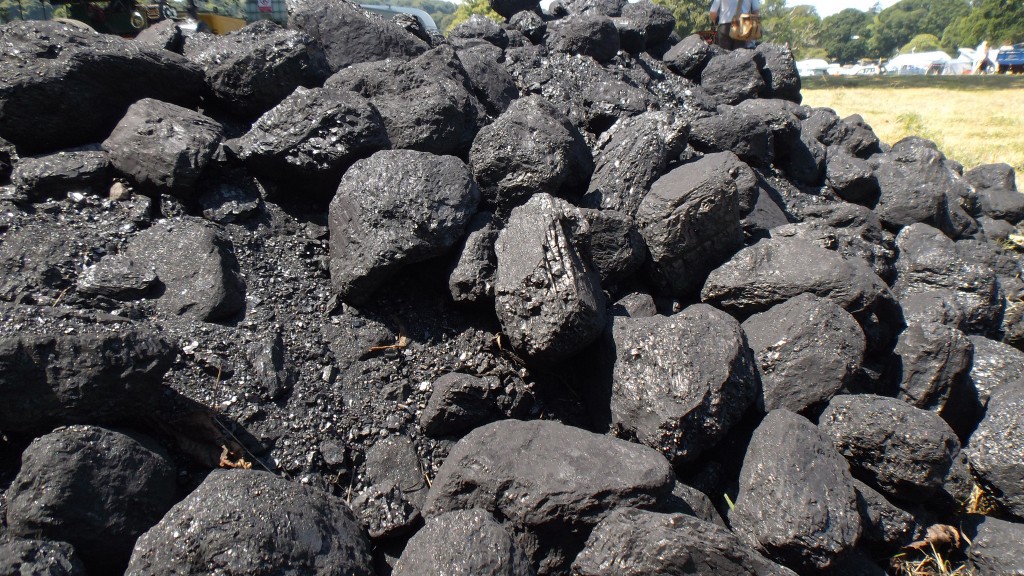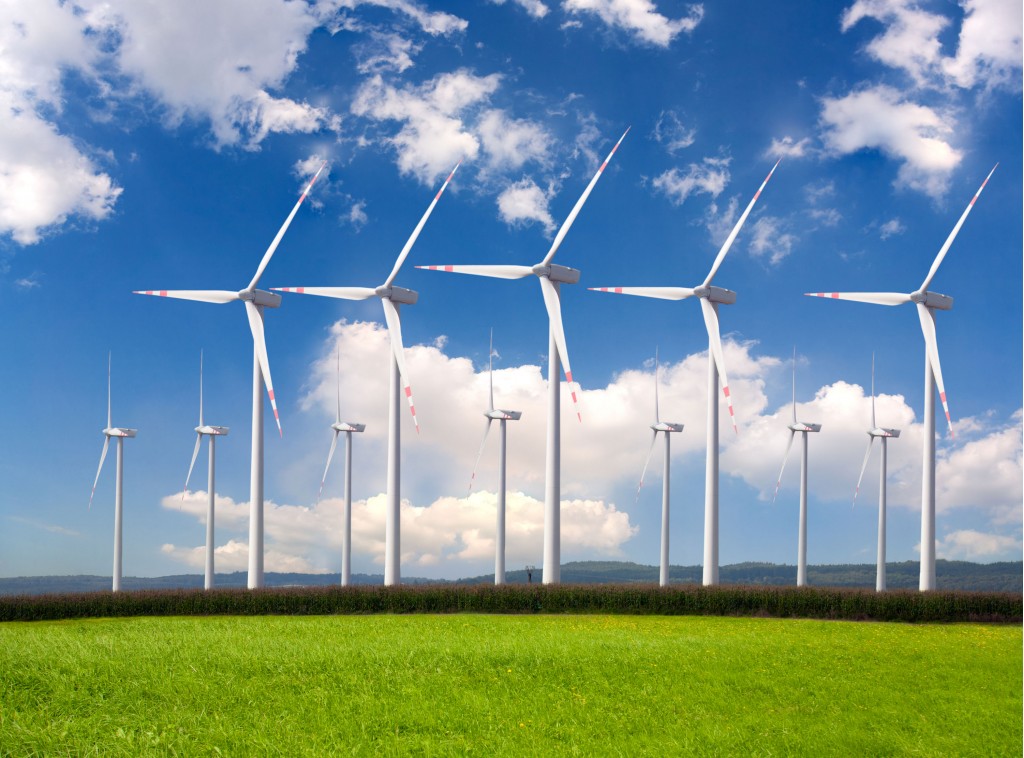While renewable-energy use has grown substantially over the last few years, the regulatory environment remains volatile.
Some states have worked hard to stimulate renewable energy, supporting infrastructure projects and offering incentives to consumers who install home solar arrays.
But others have tried to restrict renewable energy, often at the behest of lobbyists for electric utilities and fossil-fuel providers that fear its growth.
DON'T MISS: Clean energy to grow, coal to fade, regardless of Trump EPA plans
One of the states in the latter category is Wyoming, where Republican legislators recently introduced a bill that would essentially ban large-scale renewable energy in the state.
The new Wyoming bill would forbid utilities from using solar or wind sources for their electricity by 2019, according to Inside Climate News.
The bill's nine sponsors—two state senators and seven representatives—mostly come from Wyoming's top coal-producing counties, and some have denied the scientific validity of climate change, according to the website.

Coal, by Flicker user oatsy40 (Used Under CC License)
Wyoming is the nation's largest coal producer, fourth-largest natural-gas producer, and eighth-largest crude-oil producer, according to the U.S. Energy Information Administration.
The bill would require utilities to use "eligible resources" to meet 95 percent of Wyoming's electricity needs in 2018, and all of its electricity needs in 2019.
Those "eligible resources" are defined solely as coal, hydroelectric, natural gas, nuclear, oil, and individual net metering.
ALSO SEE: We're there! Renewables now cheapest unsubsidized electricity in U.S. (Dec 2016)
The latter includes home solar or wind installations in which the owner feeds excess electricity back into the grid, and is paid a predetermined, fixed fee for the power.
But these small-scale sources of renewable energy are meant for private use. They just happen to produce extra power that can be utilized by the grid.
Utility-scale wind and solar farms are not included in the bill's list of "eligible resources," making it illegal for Wyoming utilities to use them in any way if the legislation passes.

wind farm
The bill calls for a fine of $10 per megawatt-hour of electricity from a renewable source to be slapped on Wyoming utilities that provide power from unapproved sources to in-state customers.
It's worth noting that the average U.S. retail cost of a kilowatt-hour to a residential customer is about $0.12.
MORE: Under Trump, renewable-energy progress may not change much (Dec 2016)
However, those utilities would not be penalized for producing electricity from renewable sources that is exported to other states, which is where much of the power generated in Wyoming goes anyway.
As a large state with a small population and lots of coal, Wyoming already generates more electricity than it consumes.

Coal trains by Flickr user Kimon Berlin (Used under CC License)
The state already has wind farms, and a 3,000-megawatt installation is under construction in Carbon County.
Still, nearly 90 percent of the electricity generated in Wyoming came from coal in September 2016, the most recent month with available data.
Renewable energy was the second biggest source, with oil, natural gas, and hydroelectric accounting for much smaller shares of the generating mix.
[hat tip: Jamie Kitman]
_______________________________________________












